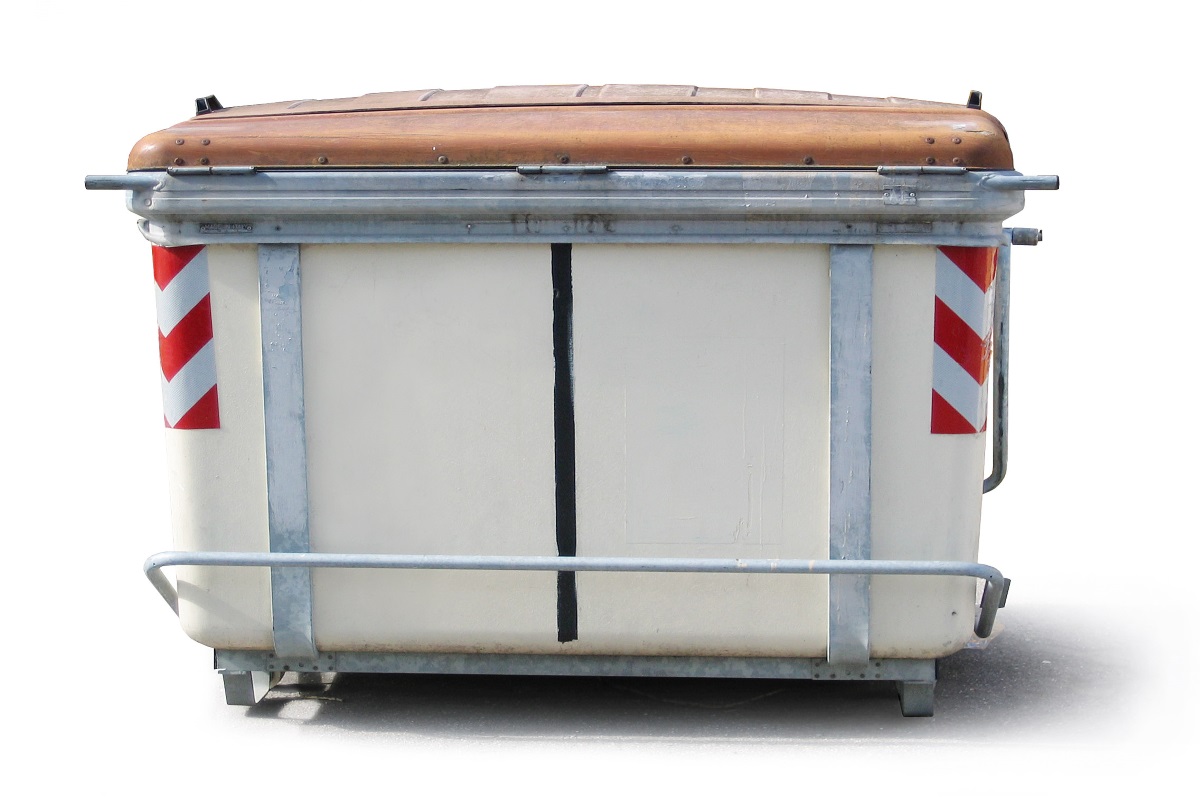Ready to ditch or sell your old phone or computer? Not so fast: it’s probably holding hordes of valuable data.

You might think you’ve cleared it, but certain information can be easily recoverable in the wrong hands.
Here’s how to properly clean your device and get it ready to sell or discard.
##1) Back up everything## Think carefully about the sort of information you’ve stored on your device. Have you logged into your social media accounts? Saved passwords in your browser? Left contact details in the address book?
Your information is likely scattered throughout your device, and there’s no telling what might be valuable to an identity thief.
In the case of computers (and increasingly phones): be aware of scanned documents or documents you’ve snapped photos of, which might be kept in a temporary folder on your device.
If you’ve ever scanned a passport, driver’s license or birth certificate and saved it on internal storage, these files are as valuable as your original document. Needless to say, you’ll need to make sure they’re long gone by the time you sell or trash your phone or computer.
Go through your entire drive and save a copy of everything valuable to a USB stick or external hard drive before you proceed, as you’ll need a scorched earth policy to continue.
##2) Take the leap## Once you’ve saved your backups, it’s now time to clear out your device.
If you’re dealing with a computer that you’re planning to sell, make sure you have a copy of your operating system to re-install once you’re done. (Does your machine have the free Windows 10 Update? Learn how to make an install DVD or USB here.)
PC users: choose a utility that allows for government-standard formatting of your drive. Good free options include Active@ KillDisk or Softpedia’s DP Wipe. Mac users rejoice, as your built in Disk Utility allows you to wipe your drive to a highly secure standard.
If you’re ditching an old phone, this process is even easier. Just run a factory reset – depending on your device’s manufacturer, the exact steps will vary. To get you started, here’s a general guide for Android and iOS.
If your device has held highly sensitive information, it might even be best to enlist the help of a certified refurbisher. Professionals have access to military-grade formatting and will be able to remove almost all traces of your old data.
In the case of an old or non-functioning desktop computer or laptop that’s going to recycling or hard rubbish, it’s safest to remove and keep the hard drive before you sell or discard the rest of the system.
##3) Rehome… or trash?##
If you’re rehoming your device, you can now start filling out your eBay listing! For the disposers among us, you’ve got quite a few options.
Keep in mind that e-waste can contain chemicals and heavy metals that are terrible for the environment. In some areas, dumping e-waste can even be illegal.
Instead of just throwing your old device in landfill, consider dropping it to a computer or mobile recycling service in your area. Many of these services will even collect from your home or workplace, making them a convenient solution.
If all of that sounds like overkill, there are also a host of free e-waste recycling services in most major cities and districts.
If your device is a few years old but otherwise still functional, look into donating it. What you might think of as old ‘tech junk’ can actually help out great initiatives that provide computers, tablets and phones for disadvantaged school students, the elderly and those in need.
Try a quick Google search for local programs, organisations and charities. The latter two may even pay you to take old devices off your hands, so it’s a true win-win.
